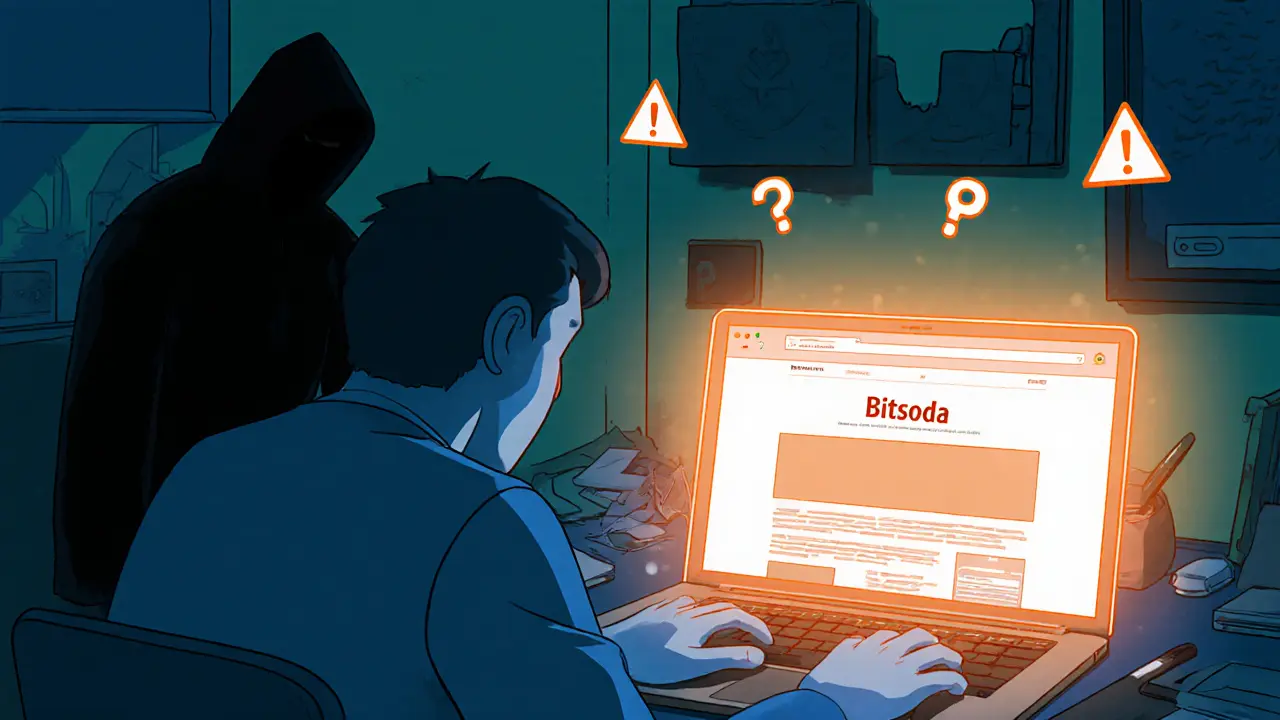A detailed review reveals Bitsoda lacks registration, security audits, and transparent fees, matching known crypto scam patterns. Learn red flags, compare it with legit exchanges, and get a safety checklist.
Crypto Scam: How They Work and How to Protect Yourself
When dealing with crypto scam, a fraudulent scheme that tricks users into sending or losing digital assets. Also known as cryptocurrency fraud, it often hides behind complex tech jargon to look legit. Understanding the core tactics is the first step to avoiding loss, and that's exactly what this guide will unpack.
One of the biggest playgrounds for scammers is the centralized exchange, a platform where a single entity holds users' funds and controls transaction processing. Because the exchange custodies the assets, a breach or dishonest operator can drain wallets without warning. This centralized exchange risk creates a perfect entry point for scams that promise high returns or fake insurance. Knowing how exchanges store private keys and what security audits they have done can cut the odds of falling prey.
Another layer of protection – and a common target for fraud – is the digital signature, a cryptographic method that verifies the authenticity of a transaction. When a signature is weak or reused, scammers can replay or alter transactions, effectively stealing funds. Strong, unique signatures are essential for any legitimate transfer, and tools that enforce multi‑factor signing make it harder for attackers to spoof identities. Remember, a broken signature is a shortcut for a crypto scam.
Some scams go even deeper, exploiting network‑level weaknesses like a 51% attack, a situation where a single miner or group controls the majority of a blockchain's hash power. With that control, they can rewrite transaction history, double‑spend coins, and create false token balances. Fraudsters use this power to sell fake tokens that later disappear once the network is compromised. Monitoring hash‑rate distribution and avoiding low‑security chains can reduce exposure.
Governments also play a role in curbing scams. The OFAC sanctions, U.S. Treasury measures that freeze assets and block transactions linked to illicit crypto activity, have targeted several scam networks worldwide. When a wallet appears on an OFAC watchlist, reputable services will automatically block transfers, cutting off a major money‑laundering route. Staying aware of sanctioned addresses helps you steer clear of high‑risk partners.
All these pieces – exchange security, signature integrity, network consensus, and regulatory enforcement – fit together like a puzzle. Each element influences the next, creating a web of defenses that can stop a scam before it hits your wallet. Below you’ll find a curated collection of articles that dive into each of these topics, from real‑world exchange hack case studies to step‑by‑step guides on securing your digital signatures. Browse the list to sharpen your knowledge and keep your crypto safe.

Bitsoda Crypto Exchange Review - Is It a Scam?

Mindfak (MINDFAK) Crypto Coin Explained: Origin, Tokenomics & Risks
Mindfak (MINDFAK) is a meme‑coin created by Matt Furie that satirizes crypto scams. Learn its tokenomics, risks, price quirks, and how it stacks up against Dogecoin and Shiba Inu.




